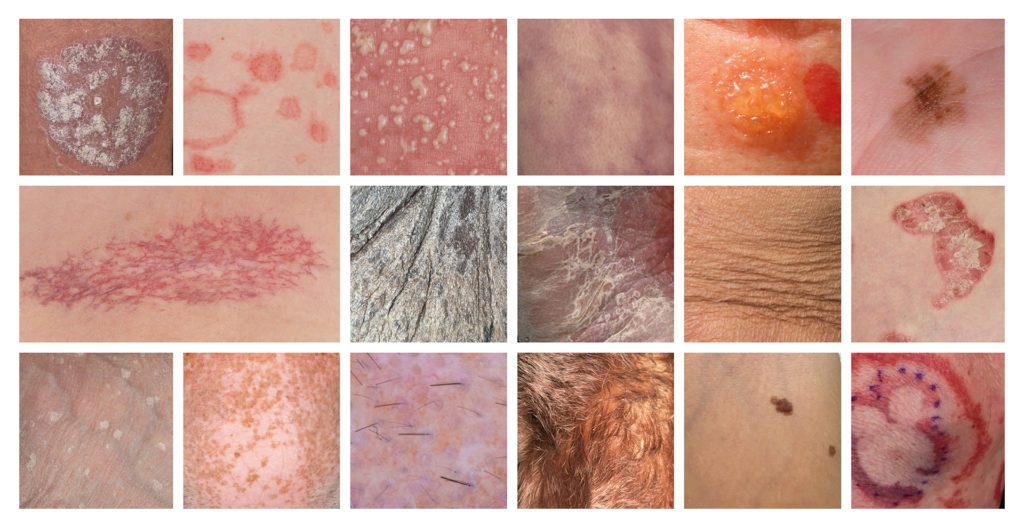The major aim of this international, topic-oriented journal is the publication of original articles of translational dermatology, clinical studies, state-of-the-art reviews and perspectives with insight into mechanisms of skin diseases and their therapeutic relevance. The journal will address an international scientific readership.
Open access only.
Free open access publication for all articles received until December 31, 2025.
Submit manuscript
Editorial Board
Editors-in-Chief:
Johann Bauer, Georg Stingl, Peter Wolf
Senior Deputy Editors:
Wolfram Hötzenecker, Matthias Schmuth, Beatrix Volc-Platzer, Wolfgang Weninger
Junior Deputy Editors:
Sabine Altrichter, Lajos Vince Kemény, Van Anh Nguyen, Vijaykumar Patra, Johanna Strobl
International Advisory Board:
Masayuki Amagai, Martine Bagot, Paul Bergstresser, Thomas Bieber, Giampiero Girolomoni, Sarolta Karpati, Thomas Krieg, Thomas Luger, Dedee Murrell, Klemens Rappersberger, Thomas Schwarz, H. Peter Soyer, Angelika Stary, Shyam Verma
Associate Editors:
Christine Bangert, Mohammed Saiful Islam Bhuiyan, Tilo Biedermann, Piergiacomo Calzavara-Pinton, Lorenzo Cerroni, Tania Cestari, Liuqing Chen, Klaus Eisendle, Emmanuella Guenova, Rainer Hofmann-Wellenhof, Peter Höger, Xian Jiang, Kenji Kabashima, Harald Kittler, Cheng-Che Eric Lan, Bernhard Lange-Asschenfeldt, Akimichi Morita, Robert Müllegger, Luigi Naldi, Francis Palisson, Carlo Pincelli, Shital Poojary, Gudrun Ratzinger, Adam Reich, Nick Reynolds, Sonja Ständer, Georg Stary, Dae Hun Suh, Marta Szell, Franz Trautinger, Stefan Wöhrl, Iris Zalaudek
Contact
Email: editors@skinonline.org
Author guidelines (in short)
The main text of each manuscript should be provided in American English in a compatible Word format (.doc or .docx). A PDF file (.pdf) will not be accepted. Tables and flow charts must be supplied in a format compatible with Word; other formats are NOT acceptable. Figures must be uploaded as separate files in appropriate formats (see section Formats). All manuscripts should be typed in 12 pt font with margins of at least 2.5 cm. Submission must adhere with the word limits specified in the section “Type of articles and length”.
For more details please see: skindeep.skinonline.org
Type of articles and length
All types of articles, including original articles, short communications, reviews, perspectives, and case reports. No length restrictions.
Title page
Regardless of the type of manuscript being submitted, a title page is required. Please note that the submission without a title page will not be sent to peer-review and will be returned to the authors for correction. The first page of the manuscript should contain the following information:
- The title of the paper
- A list of keywords (2–6 article keywords)
- Manuscript word, table, and figure count
- Names of authors, initial(s) followed by surnames
- Names of the institutions at which the research was conducted, clearly linked to respective authors
- Name, address, telephone and fax number, and email address of the corresponding author
- A statement of all funding sources that supported the work
- Any conflict-of-interest disclosures
- A data availability statement
- Ethics statement (if applicable)
Abstract
For original articles structured abstracts are required. The structured abstract should follow the format: Background, Objectives, Methods, Results, Conclusions.
Abstract should be included after the Title Page of the manuscript.
Review articles require abstracts, but they should not be structured, namely, they should not have subheadings. Letters to the Editor do not require abstracts. Abstracts should not include citations to previously published work.
Text
The main text of a manuscript should in general, but not necessarily, be divided into sections with the following headings: Introduction, Materials and Methods, Results, Discussion, Acknowledgements, References, Tables, Legends, and Figures.
Reviews should be structured in sections, using a decimal system. The introduction should be numbered 1.0, with the next section should be 2.0, and so forth, with subsection headings numbered as 2.1, 2.2, etc. The reference list should not have a section number.
Tables and Figures
Tables and figures should be provided as separate files and uploaded outside the main text. They should not be inserted in the appropriate place within the text.
Tables and figures should be referred to in the text using appropriate designations, such as: Fig. 1, Figs 2–4; Table 1, Table 2. The place at which a table or figure is to be inserted in the printed text should be indicated clearly in the manuscript. Each table should have a title. Figures with multiple panels should label each panel, using lower case letters in parentheses (i.e., (a), (b), etc.), in the top left-hand corner and provide a brief description of each panel in the figure legend.
Colour illustrations are welcomed, and there is no charge to the authors for publishing colour figures.
Authors are themselves responsible for obtaining permission to reproduce previously published materials (e.g., figures, diagrams, charts, tables, etc.), for which they do not own the copyright. Permissions must be obtained from the original publisher or copyright holder and the evidence of permission should be provided to the Editorial Office. Proper acknowledgement of the original source should be included in the figure/table legends, as requested by the original publisher. Written permission must be obtained when an individual is identifiable in a photograph or when presenting human neuroimaging data and brain scans (see section “Formats“ for details).
Figure Legends
Each figure must have a legend that explains its purpose without reference to the text. Figure legends should be listed numerically, at the end of the text document, separate from the figure files. Please note that figure legends are not included in the word count.
Formats
Clinical photographs may be submitted in GIF, JPEG, PNG, or TIFF format during the initial submission. However only TIFF files are suitable for production and printing. Skin has a dedicated medical illustrator, who works on accepted manuscripts to format/re-design tables and figures to comply with the Journal’s style. If a manuscript is accepted, the corresponding author will be contacted to provide high-quality photographs at their actual size, which should be 100% of their print dimension in TIFF format, with a minimum resolution of 300 pixels per inch and in RGB colour mode.
Vector graphics (e.g., graphs, diagrams, histograms) should be provided in editable PPT, PDF, EPS, or AI files (also text must be editable), either in greyscales or RGB at the appropriate resolutions: 300 dpi for colour figures; 600 for black and white figures; 1200 dpi for line-art figure.
Tables should be supplied in a format compatible with Word, preferably as .DOC files. Please ensure that the entire table area is visible in the PDF proof of the manuscript.
Flow charts should be provided in an editable Word format.
References
References should be formatted in Vancouver style and appear as consecutive, unbracketed numbers in the text, e.g., ‘in our previous reports [1,2] and those of Smith and colleagues [3-5]. References should be listed numerically in the reference list at the end of the article.
Format references as shown below, using standard (Medline) abbreviations for journal titles. If there are more than six authors, include the first 6 authors followed by et al. If there are six or fewer authors, include all authors‘ names.
Journal article:
Berwick M, Armstrong BK, Ben-Porat L, Fine J, Kricker A, Eberle C, et al. Sun exposure and mortality from melanoma. J Natl Cancer Inst. 2005;97:195-9.
Arbesman H. UVA, melanoma, and antibacterial soaps. J Am Acad Dermatol. 2003;48:464-5.
Book chapter:
Hönigsmann H, Schwarz T. Ultraviolet light therapy. In: Bolognia JL, Jorizzo JL, Rapini RP, editors. Dermatology. 2. First edition ed. London: Mosby; 2003. p. 2109-25.
Supplementary Data
Supplementary material, including appendices, datasets, and video files, may be uploaded during the submission process and will be considered for inclusion in the online publication of the article during the review process. Supplementary material will not be edited for style. Note that no supplementary material is allowed for Letters to the Editor.
Revised Manuscripts
Authors should thoroughly revise their manuscript before submitting the revised manuscript. Please upload a letter from the authors, along with the main text, responding to each of the reviewers’ comments point by point, clearly referring the text by section, paragraph, and sentence when necessary. Changes in the manuscript should be clearly indicated, such as through underlining or other forms of highlighting (e.g., colour). Whatever method is used, it is important that the changes are clear to both editors and reviewers. Ensure that only the latest version of your manuscript is uploaded for each revision and delete all previous versions.
Evolution of
Austrian Dermatology
More than 250 years of history topped off with SKIN as a new journal of dermatology.
While the Austrian Society of Dermatology and Venereology (ÖGDV=Österreichische Gesellschaft für Dermatologie und Venerologie) acquired its current name only in 1984, it was originally founded in 1890 under the name of Viennese Dermatological Society (Wiener Dermatologische Gesellschaft). This, however, was not the beginning of dermatovenereology in Austria. Already hundred years earlier, Joseph Plenck was among the first to establish a nosologic classification of skin diseases which, coinciding with the ongoing gain of knowledge, was and still is continuously modified and extended. Figureheads of the Society such as Ferdinand von Hebra, Moriz Kaposi, Ernest Finger, Isidor Neumann, Philipp J. Pick and many others have critically and decisively contributed to the development of our discipline on a worldwide scale. This golden era came to an end after the so called „Anschluss“ of Austria to Nazi-Germany which resulted in an enormous brain drain, caused by the persecution, emigration and expulsion of leading representatives of our field such as Erich and Frederick Urbach, Leopold Arzt, Wilhelm Kerl and others. After WW 2, remarkable efforts were made to tie in with the glorious past by combining morphology-based dermatology with a new type of science-driven dermatology originating in the english-speaking world. Led by Klaus Wolff, many young Austrian dermatologists had the privilege of being trained at top universities and research institutes in the U.S.A. where they learned basic principles and methods of biochemistry, cell and molecular biology, immunology, photobiology and other disciplines. Upon return to their home country, they succeeded in making Austria, in the opinion of our peers, a major player in the field of clinical and investigative dermatovenereology. Editing and publishing a hopefully high quality journal is a further step in this strive for excellence.

Joseph Jakob Plenck
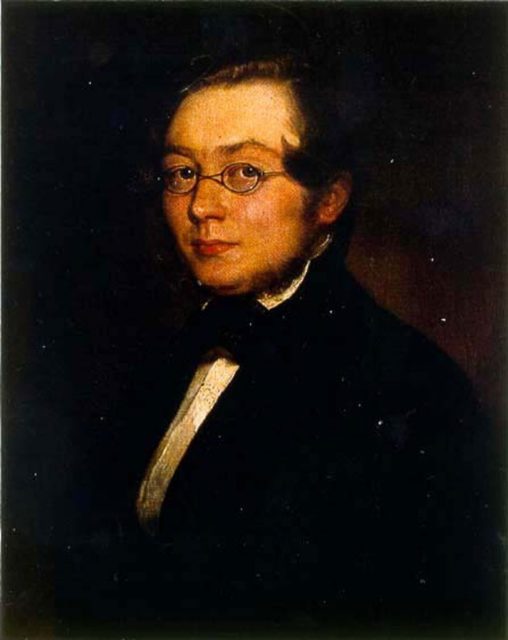
Ferdinand von Hebra
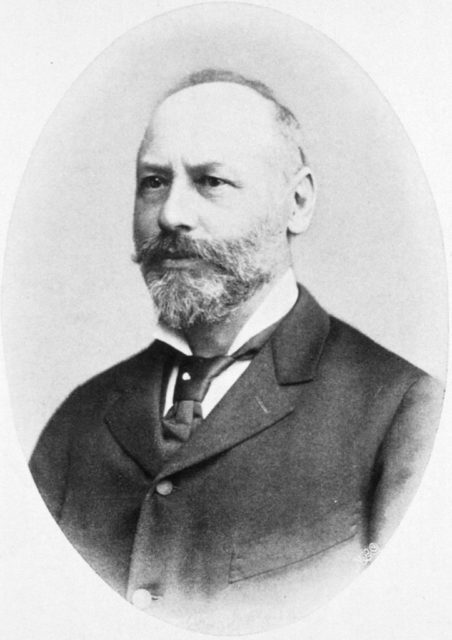
Moriz Kaposi
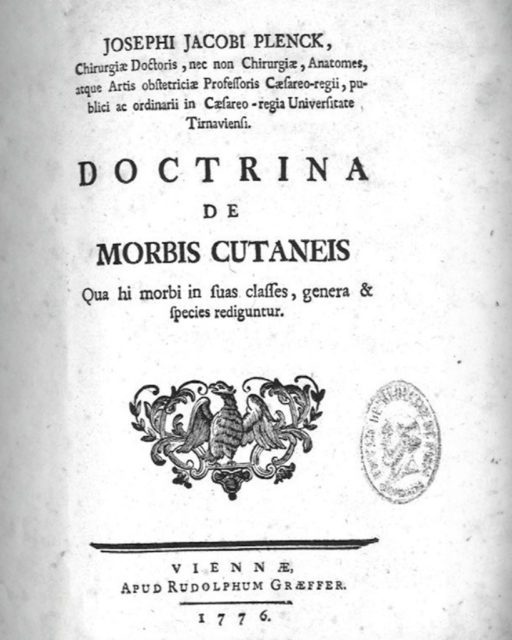
Text by Joseph Jakob Plenck
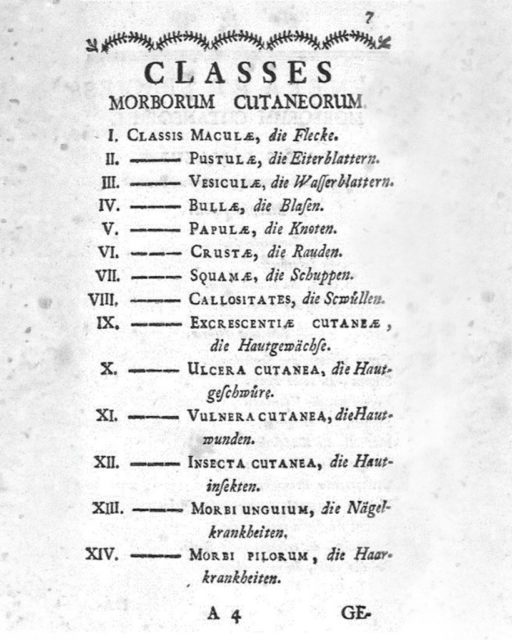
Text by Joseph Jakob Plenck
Digital Revolution
The digital revolution is affecting many aspects of life, including the generation, spread and communication of information. In the world of science and research, classic vehicles such as printed books and journals are slowly disappearing and being continuously replaced by their electronic counterparts. These allow the presentation of big data sets, the collection of the relevant literature as well as the distribution of knowledge at unprecedented speed. At the same time, measures such as a rigid peer review process must be taken to ensure the authenticity and quality of the published material. Having a strong academic commitment, the Austrian Society of Dermatology and Venereology is in the process of establishing an international double-blind, peer reviewed, open access online-only journal, termed SKINdeep. It aims at becoming a high quality platform in the field of clinical and investigative dermatovenereology as well as related disciplines. Original articles, reviews and case reports, preferably in a topic-focused fashion, will form the core of the magazine and will be supplemented by brief summaries of cutting edge articles in other journals and by editorials on important issues in clinical and experimental medicine, preferably dermatovenereology. A panel of chief and deputy editors as well as of distinguished advisory and associate editors from Austria and abroad will be responsible for the scientific content, novelty, timeliness and high quality of the published material and, together with the publishing house of the Austrian Academy of Sciences, will ensure the accuracy of the publication process. We are confident that SKINdeep will be an attractive publication forum for clinicians, physician scientists as well as PhDs and are looking forward to your submissions starting in summer 2024.
Johann Bauer, Georg Stingl, Peter Wolf, editors-in-chief
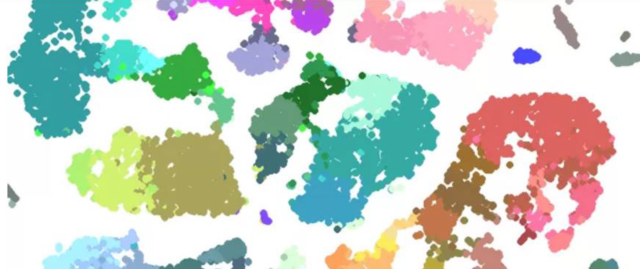
scRNAseq t-SNE image provided by Dr. Roland Zauner, EB House Austria
